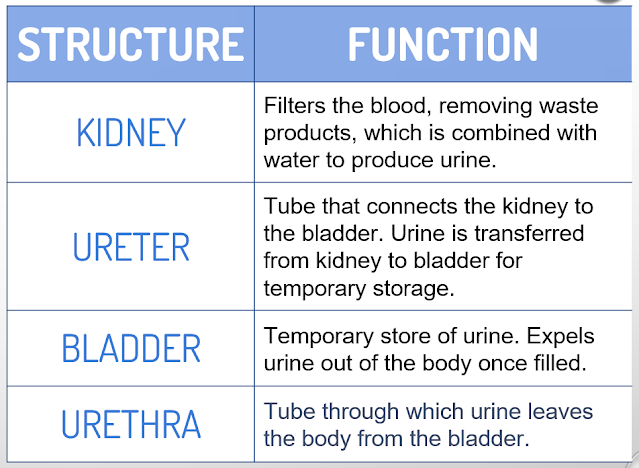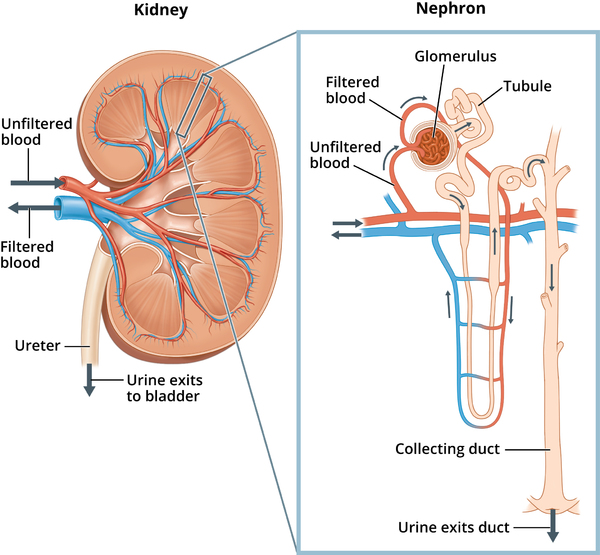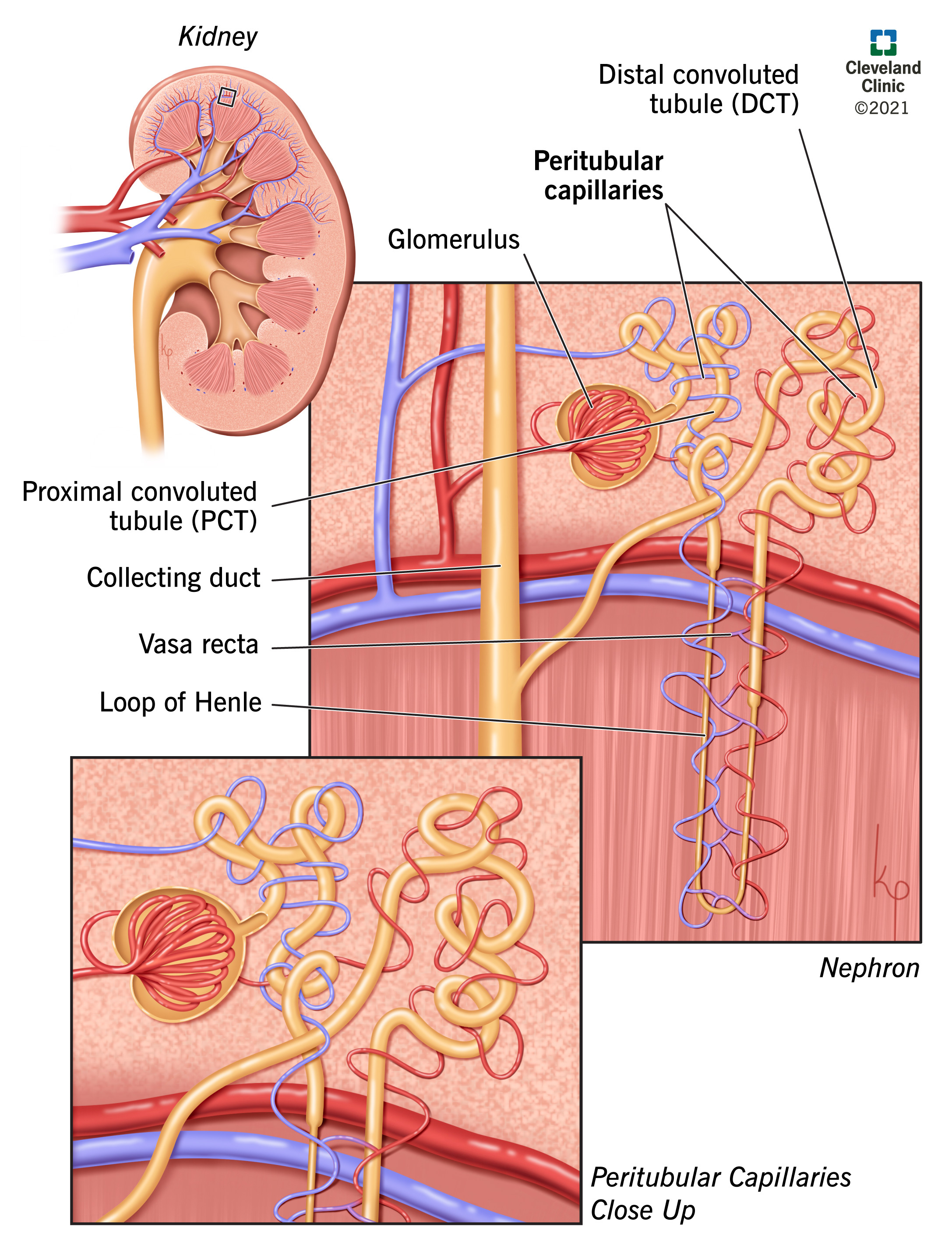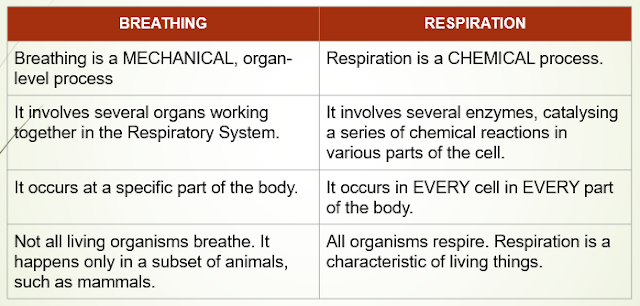EXCRETION | KIDNEY STRUCTURE & FUNCTION [CSEC HSB & BIOLOGY]
SYLLABUS REFERENCE
CSEC HSB
- [B1.27] distinguish between egestion and excretion;
- [B5.1] explain the importance of excretion in human beings;
- [B5.2] explain the roles of the organs involved in excretion;
- [B5.3] relate the structures of the kidney to their function;
- [B5.8] explain the regulation of water;
CSEC Biology
- [B5.1] distinguish between egestion and excretion;
- [B5.2] discuss the importance of excretion in living organisms;
- [B5.3] state how metabolic wastes are excreted from plants and animals;
- [B5.4] relate the kidney to its osmoregulatory and excretory functions.
EXCRETION VS EGESTION
Excretion is the removal of metabolic waste products.
Metabolic waste products are products of biochemical reactions that occur in cells of the organism.
Egestion is the removal of undigested food out of the digestive system.
These substances would have never participated in biochemical reactions in the organism's cells.
WHY IS EXCRETION IMPORTANT?
Metabolic waste products are dangerous to the organism!
They can interfere with the other biochemical reactions in the body in various ways. Therefore, if they are allowed to accumulate, they can poison the organism and cause harm, even to the point of being lethal.
PATHS OF EXCRETION IN PLANTS AND ANIMALS
In Plants
Plants generally excrete by depositing the waste products into parts of the plant, that are later shed.
Examples include leaves and bark.
In Humans & Large Animals
There are several pathways:
- Sweating, which removes small amounts of urea and salts.
- Breathing, which removes carbon dioxide.
- Release of urine, a product of the urinary / excretory system. This is the most important pathway.
THE URINARY SYTEM IN DETAIL
GROSS STRUCTURE OF THE KIDNEY
NEPHRON
HOW DOES THE KIDNEY PRODUCE URINE?
Ultrafiltration
- Filtration of blood under pressure.
- Afferent arteriole supplies the glomerulus, which then empties into efferent arteriole.
- Afferent has a large diameter (wider) than efferent arteriole. This greatly increases pressure into glomerulus.
- Increased pressure forces blood against porous capillary walls, and molecules below a certain size passes through, into the Bowman's capsule.
Selective Reabsorption & Secretion
- Besides the waste, such as urea, the filtrate also contains useful substances. This must be returned to the blood to ensure survival.
- All the glucose is reabsorbed. A percentage of salts and other substances are also reabsorbed.
- Selective reabsorption happens via active transport, at the proximal and distal convoluted tubules.
- Extra toxins are secreted into the tubules from the surrounding capillaries (aka peritubular capillaries).
Water Absorption
- Water is moved from the Loop of Henle to the surrounding capillaries via osmosis.
- The loop dips into the medulla region. This area has a high salt concentration. The resulting concentration gradient encourages the flow of water out of the loop, into the surrounding capillaries.
Osmoregulation
- Water is removed from filtrate according to the body's needs, under the control of the anti-diuretic hormone (ADH).
- If the body is dehydrated, ADH is released.
- Its presence increases the permeability of walls of the distal convoluted tubule & collecting ducts. As a result, more water is reabsorbed into the bloodstream, which leads to a reduced volume of concentrated urine.
- The opposite happens if the body is very hydrated.
Urine Collection
- The solution leaving the collecting duct is now called urine.
- The collecting ducts merge into each other and the urine empties into the kidney pelvis.
- The urine is then transferred to the bladder via the ureter.











